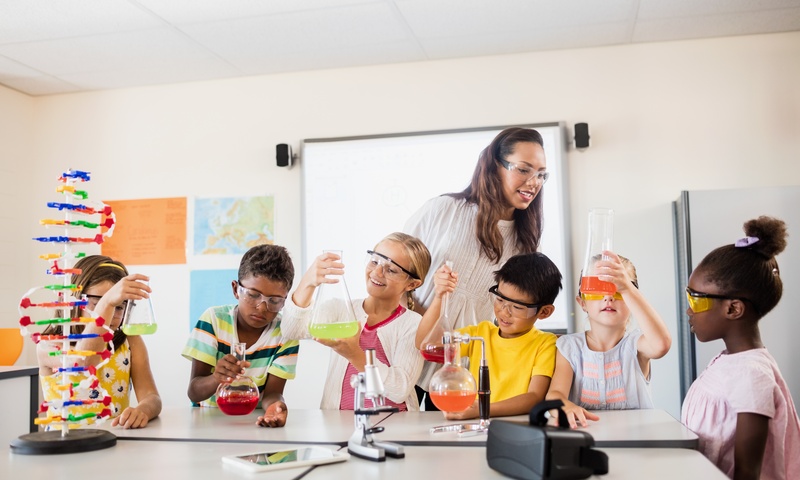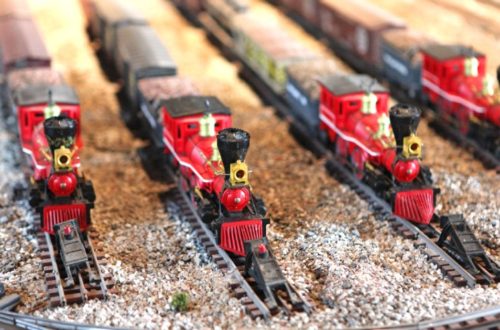3 Experiments Teachers Can Do With Students

Hands-on experiments are one of the best ways to get students excited about science. They bring abstract concepts to life, encourage curiosity, and create memorable learning moments. If you’re looking for fresh ideas to engage your class, you’ve come to the right place.
Follow along to discover three experiments teachers can conduct with students. Get ready to inspire your students with the wonders of science.
Build a Mini Volcano
This classic experiment is a fun way to demonstrate a chemical reaction. There are a few different methods to conduct this experiment, but it will probably be easier for you to use baking soda and vinegar with some red food coloring for a bit more fun.
Place a plastic bottle in the center of a tray, fill it with water, then add the baking soda and red food coloring. Then add the cup of vinegar so the mixture fizzes and flows, mimicking a volcanic eruption. This will show your students the outcome of a chemical reaction.
Model Rockets
Organizing an Estes model rocket launch for your class is an exciting and educational activity that introduces students to important scientific principles, such as Newton’s laws of motion, aerodynamics, and the basics of rocketry. This hands-on experience not only sparks curiosity but also demonstrates the practical application of physics and engineering concepts.
Choosing the right Estes model rocket for your class is important to ensure students can learn about the topic and launch it safely. Conduct this experiment in an open space and follow all directions that come with the rocket. With this experiment, your students can learn about the rocket’s flight, propulsion, and design.
Make Rock Candy
Teach students about crystallization by making a sweet treat.
Materials:
- A wooden skewer or string
- A clothespin
- A tall glass or jar
- 1 cup of water
- 2-3 cups of sugar
Instructions:
- Bring the water to a boil in a saucepan.
- Gradually stir in the sugar, one spoonful at a time, until it no longer dissolves. This creates a supersaturated solution.
- Let the sugar solution cool for about 20 minutes.
- Pour the solution into the glass jar.
- Dip the skewer in the sugar solution and roll it in dry sugar to “seed” it.
- Suspend the skewer in the middle of the jar using the clothespin, ensuring it doesn’t touch the sides or bottom.
- Place the jar in a safe spot and wait. Crystals will begin to form over several days.
Sparking Scientific Creativity
These experiments for your students are more than just fun activities; they are entry points to deeper scientific understanding. By bringing hands-on learning into your classroom, you can foster a lifelong love for discovery and critical thinking in your students. Choose a project, gather your materials, and get ready for an exciting day of science.
Would you like to receive similar articles by email?





